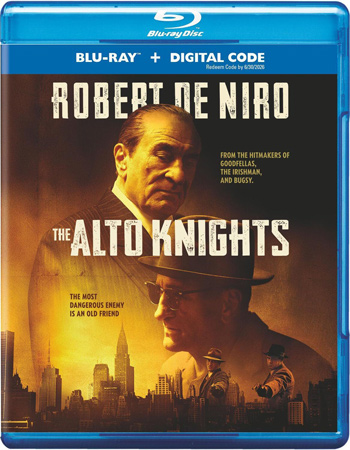
Warner Bros.
People used to talk about Robert De Niro’s range.
He could play everything from broad comedy (Meet the Parents) to quiet intensity (One Upon a Time in America). He could make you laugh when you shouldn’t (Taxi Driver) and throttle the laughter inside you (The King of Comedy). He was an oddly prissy Satan in Angel Heart and a weirdly likable psychopath in Cape Fear.
Whenever critics got tired of talking about that, they’d note his Zelig-like ability to vanish into a role. He gained sixty pounds to play Jake La Motta. In preparation for The Godfather Part II he learned Sicilian dialect, channeling Brando’s affect without mimicking his nasal mumbling.
That is the Robert De Niro that cinema history ought to remember.
But it won’t, because we’ve got this other Robert De Niro to deal with.
Gangster Bobby.
I don’t mean the tightly nuanced work of his early career. I mean the De Niro we’ve been stuck with for the past thirty years: crooked grin, lower lip pushed up to the tip of his nose, laughing as he shoves an ice pick into the back of your head. Gangster Bobby was born in his rendition of Al Capone in The Untouchables, reached his zenith as Jimmy “The Gent” Conway in Goodfellas, and it’s all been downhill since. Time was that De Niro used knew how to make people fear him. Travis Bickle, Rupert Pupkin, and young Vito didn’t make sudden moves, but they had cobras coiled up inside of them.
Gangster Bobby cracks peoples’ skulls, knocks over tables, and doesn’t get his room deposit back; and yet for all his violence, it’s hard to take him seriously. We’ve seen him do it too many times before.
Whenever a TV show runs out of ideas, it does an evil twin episode.
Apparently when Robert De Niro runs out of ideas, he plays two evil twins. In this case, it’s two real-life mob kingpins, Frank Costello and Vito Genovese, in HBO Max’s The Alto Knights. Gangland gets the Hayley Mills treatment.
The true story behind The Alto Knights—the title refers to a social club frequented by 1950s mobsters—is rich enough for a much better movie.
It covers a period when organized crime, having lurked in the shadows since Prohibition (FBI Director Hoover forbade his agents even to say the word “Mafia”), is suddenly thrust into the spotlight by an attempted hit on Costello by one of Genovese’s rising stars, Vincent “The Chin” Gigante. Gigante misses—he later said he was too much in awe of Costello to kill him—and Costello spends much of the movie pretending not to be angry about it while he prepares a big pot of revenge gazpacho.
Costello and Genovese are not a matched set.
History reveals Genovese to be ambitious, violent, but also kind of a fathead. He’s the guy who thought it would be a good idea to get the Mafia into the heroin trade, which not only landed him in prison but drew the eye of Senator Este Kefauver’s committee on organized crime. When Genovese needs money, he steals it from his wife’s night club. When he catches her saying hi to an ex-boyfriend, he has the guy whacked.
If Genovese is closer to what mobsters are really like—violent, grasping, and dumb—then Frank Costello reflects the Hollywood illusion.
Everything about him was an invention, even his name: he changed it from “Francesco Castiglia” to sound Irish. Costello didn’t look like a gangster. He wore tailored suits and lived in a Manhattan apartment. He traveled without bodyguards and never carried a gun. Called “Prime Minister of the Underworld,” he kept a string of judges, mayors, and precinct captains on his payroll while coolly insisting that he “couldn’t fix a parking ticket.”
Given the powerful contrasts between them, you’d expect The Alto Knights to give us a deathmatch between brains and brawn. At the very least, that De Niro would show off by playing his characters off against each other, fire and ice.
But really both performances are about the same. You get more contrast in those Bewitched episodes where Elizabeth Montgomery played both Sam and Serena. They don’t seem to be hearing each other. If you take your eye off the screen, it can be hard to tell which of them is talking. Strip away the prosthetic makeup and they’re both Gangster Bobby.
The voiceover is a big red warning light.
The minute I hear a movie character explaining how the rackets worked back in the day, I know we’re in for a slog. And yet for all the exposition we get throughout the film, we never hear why any of it matters. For the record, the 1950s are basically when the Mafia blew it. First by getting into drugs (an event faithfully recorded by The Godfather and The French Connection), then by starting an unwinnable war among New York’s Five Families. Costello, who thought he was above the fray, famously walked out of a Senate hearing rather than implicate his associates or plead the Fifth.
Alto Knights plays it as a badass move, but in reality it put his operation into the law’s crosshairs. Then the final indignity, the 1957 Apalachin Raid, which serves as the movie’s climax. This was meant to be Vito Genovese’s coronation as capo ti tutti capi at a meeting of the national “commission” of bosses; instead, it resulted in the arrests of more than sixty top Mob figures, forcing Hoover at last to admit the Mafia’s existence.
The Alto Knights tells us that Costello set up his old rival: pretended to step down as boss, encouraged Genovese to call a big meeting, then discreetly tipped off the cops.
In reality, Apalachin was exposed because the gangsters were idiots. They called in huge orders of steaks and booze, booked every hotel room in the vicinity, and showed up in limousines with out-of-state tags. Police were bound to get suspicious when their sleepy upstate New York town was suddenly playing host to guys with nicknames like Joe Bananas and The Executioner.
I honestly don’t know if De Niro at his best could have saved the movie. The script narrates when it ought to dramatize, and spends way too much time telling us how much Costello still liked Genovese in spite of that whole attempted assassination thing. It may be historically true that Genovese and Costello had their big confrontation while eating cannolis at an Italian pastry shop, but they look as dangerous as old men grumbling about their sour stomachs.
The supporting cast is wasted. As Costello’s wife Bobbie, Debra Messing spends the entire movie begging her gangster husband to not be a gangster. Kathrine Narducci smolders as Genovese’s stormy wife Anna, but the script can’t decide whether to play her smart and ruthless or loudmouthed and stupid. Her best moment is in a divorce court proceeding where she insists that her husband can afford alimony because he’s one of the biggest gangsters in New York. Good point, but probably the wrong audience.
There’s one other nit to pick in The Alto Knights, not a huge one in the context of everything else that isn’t working.
The movie keeps flashing back to young Costello and Genovese, but the actors they chose (Luke Stanton Eddy and Antonio Cipriano) look nothing like each other and still less like Robert De Niro, which lands off-kilter considering that De Niro is playing them both. They don’t add anything to the story, they have no lines, so you wonder why the filmmakers even bothered.
Which brings me to my biggest disappointment: this movie was written by Nick Pileggi, who has built his career on carefully researched gangster properties (Goodfellas, Casino, the TV series Vegas), and directed by Barry Levinson. Sleepers proved that Levinson can handle gritty drama, while Paterno and The Wizard of Lies show his talent for taking us into the minds of people we wouldn’t want to know. His nuanced, character-driven approach to storytelling completely escapes him here. It could just be a mismatch with his screenwriter.
Left to himself, Levinson might have put more energy into discovering what makes guys like Costello and Genovese tick. It doesn’t mesh well with Pileggi’s gritty, that’s-life-in-the-rackets style.
The era of method-infused, Oscar-chasing stardom is nearly over. We no longer applaud actors for their mastery of obscure accents or their ability to transform themselves without recourse to heavy prosthetics or CGI. Such actors—Pacino, De Niro, Cazale—seemed born for urban epics like Raging Bull or Dog Day Afternoon. They were raw, gritty actors who demanded raw, gritty roles. It was while watching De Niro’s last gangster turnout in The Irishman, with all its de-aging software, that I finally realized this age of filmmaking is—and probably ought to be—over. The gangster genre has become too elegaic, which is absolutely the last thing you want in a movie about criminals.
De Niro’s double performance ought to be a final testament to his dramatic range; instead it lands like a gimmick. I imagine the pitch meeting where Levinson and Pileggi are asking the HBO executives, “Who else but Robert De Niro could play both roles?” He doesn’t really pull it off—it feels like his heart’s not in it—but then you’re left with the question: why should he need to?




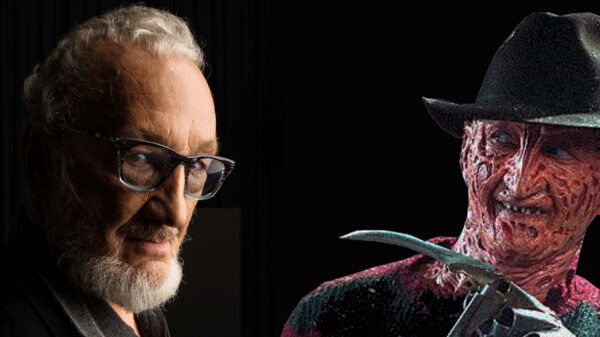
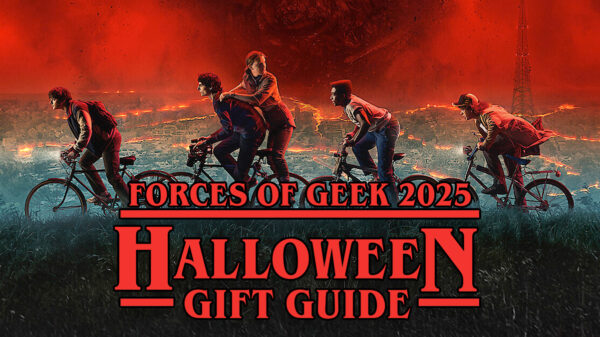
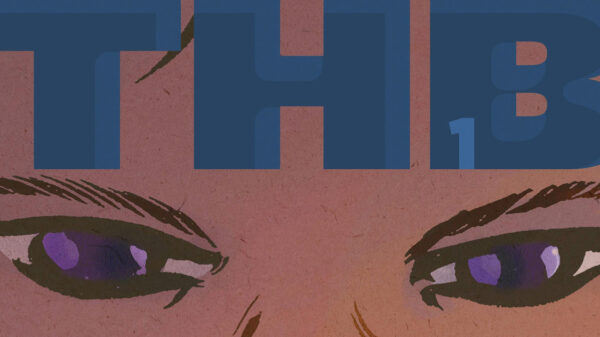

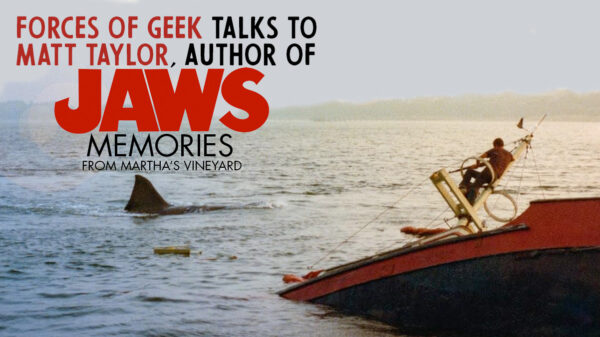
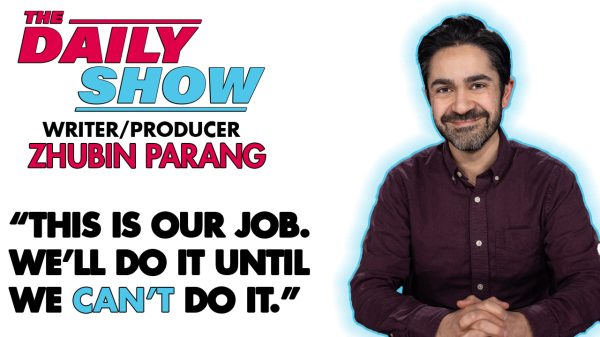
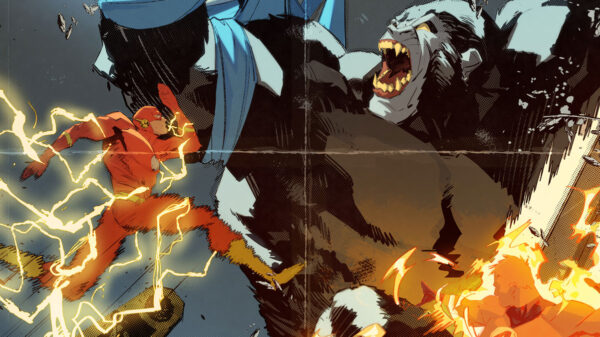
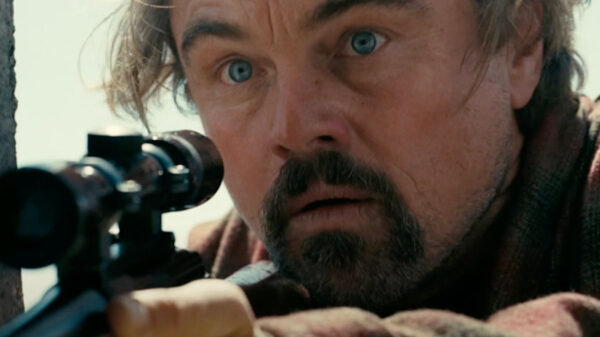
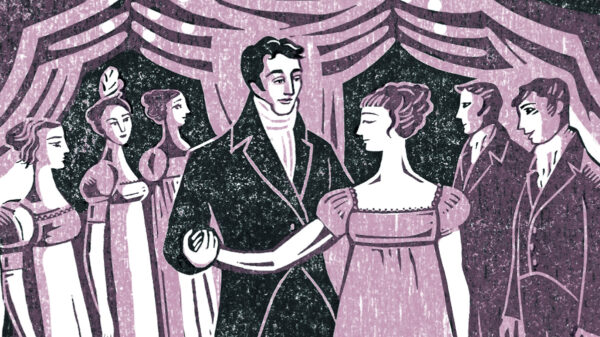
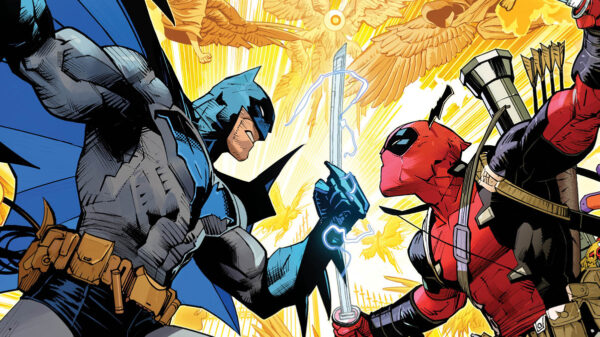
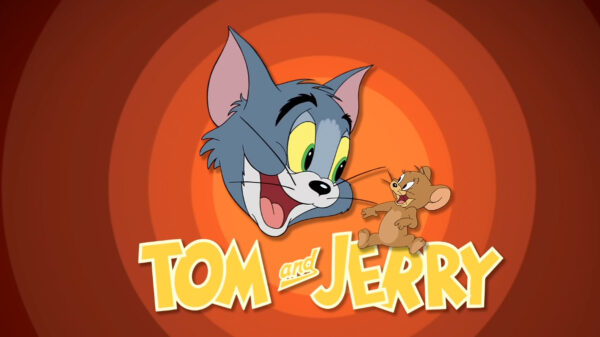



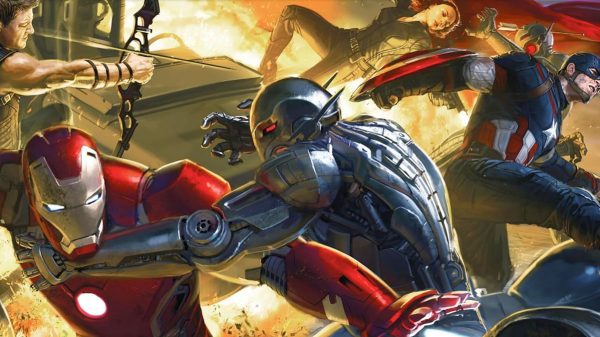

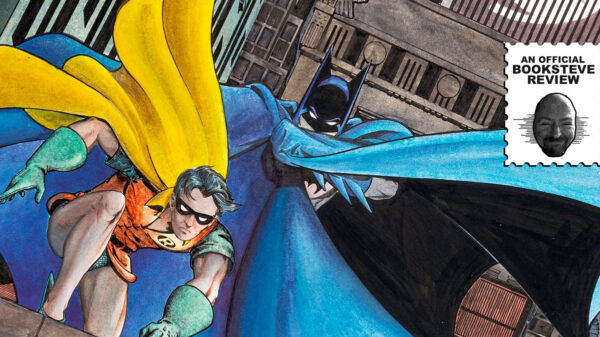
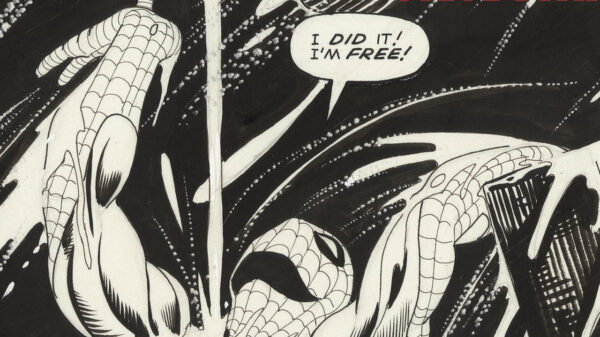
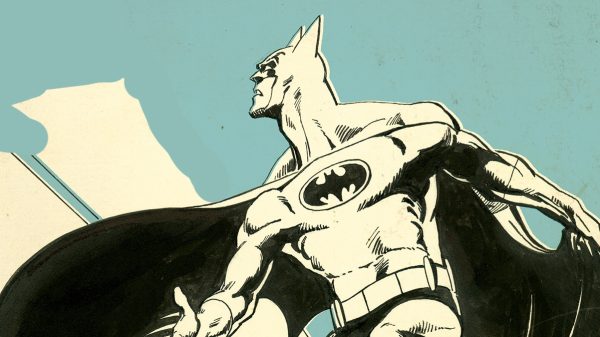

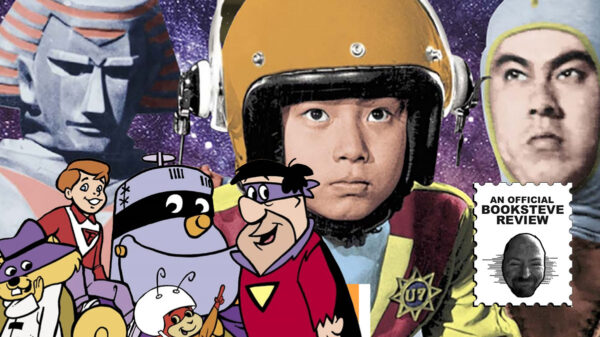
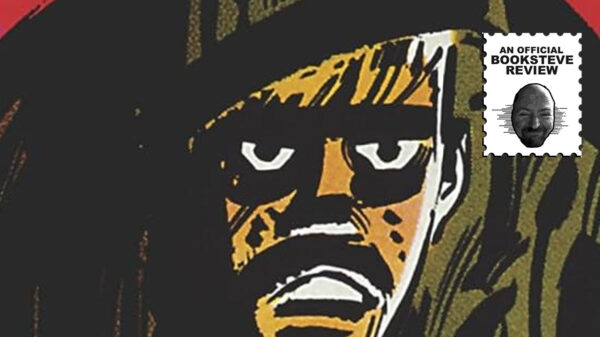
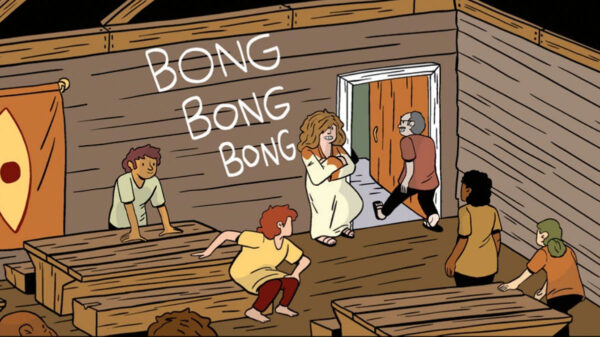
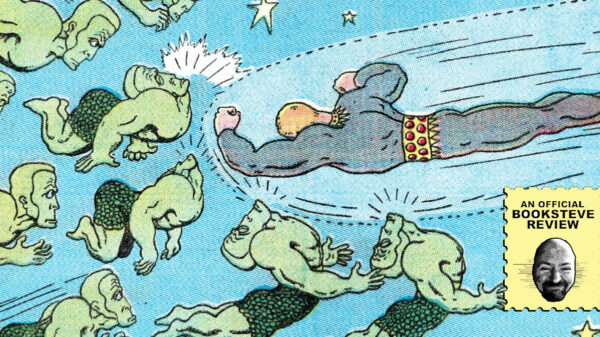
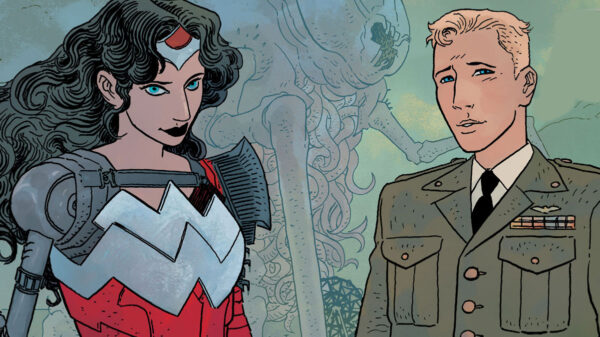




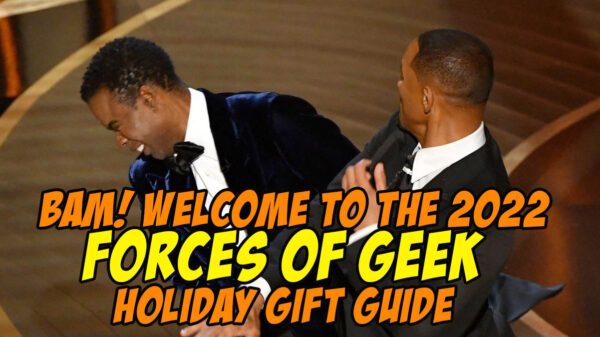




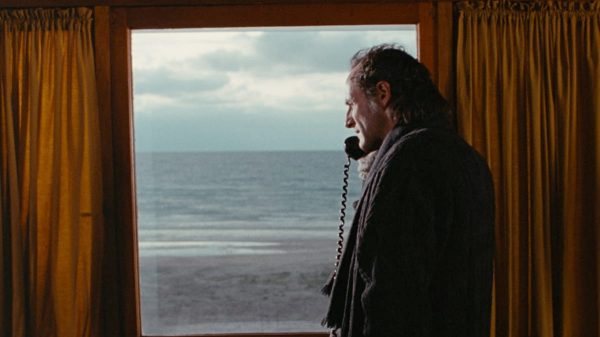
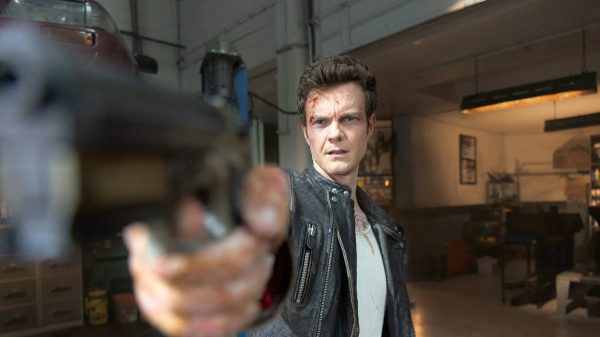
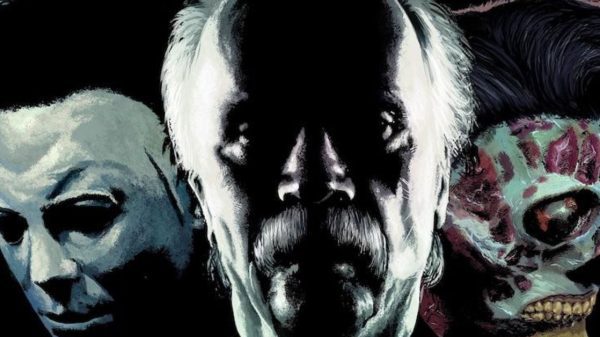
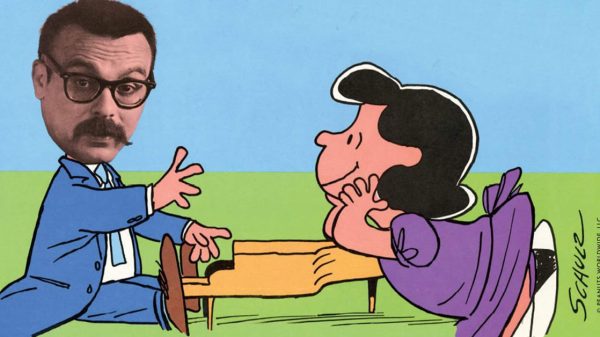
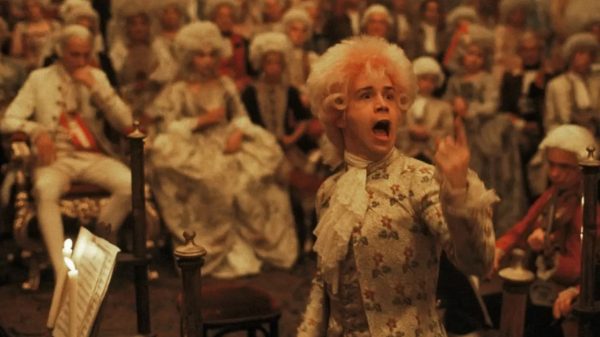











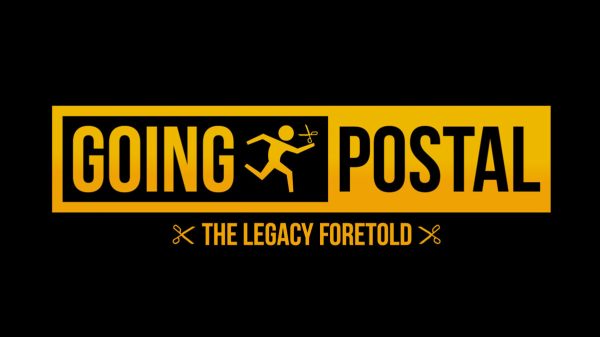

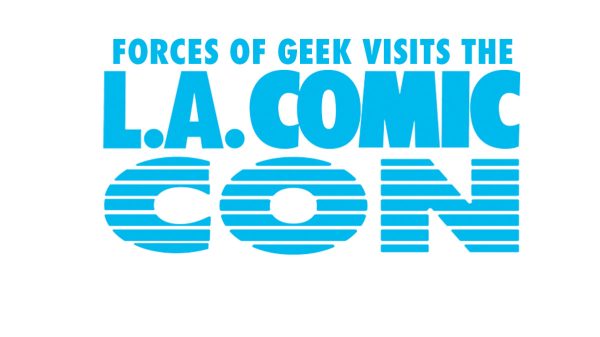
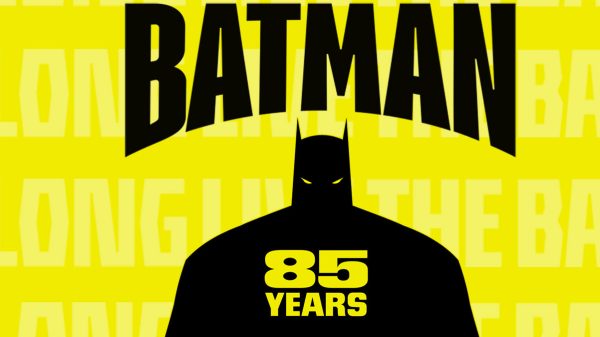


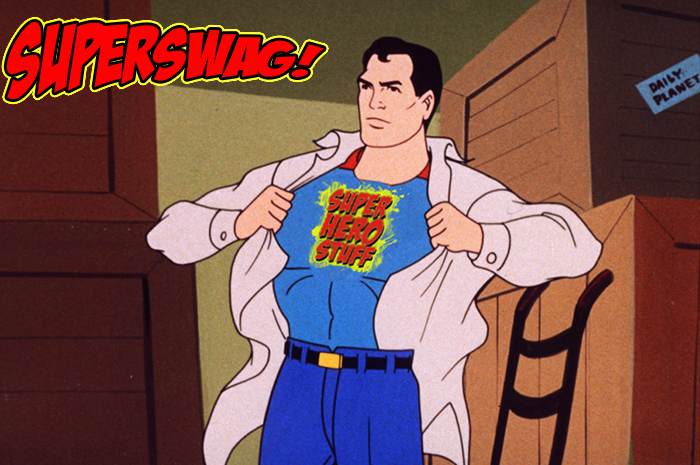

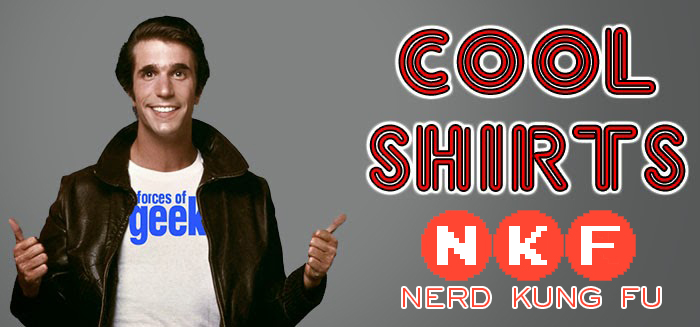
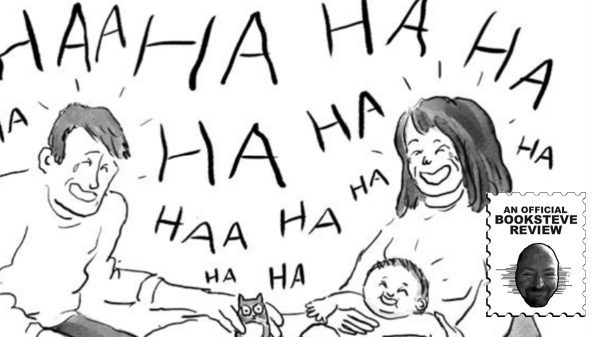



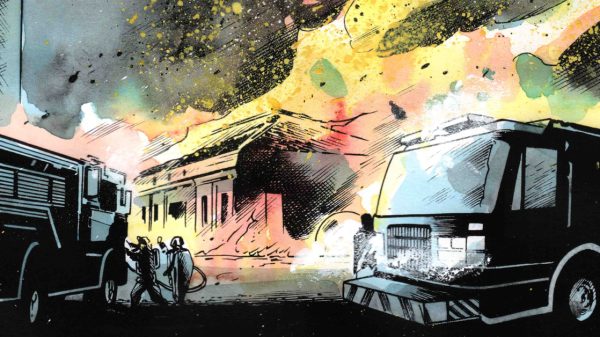




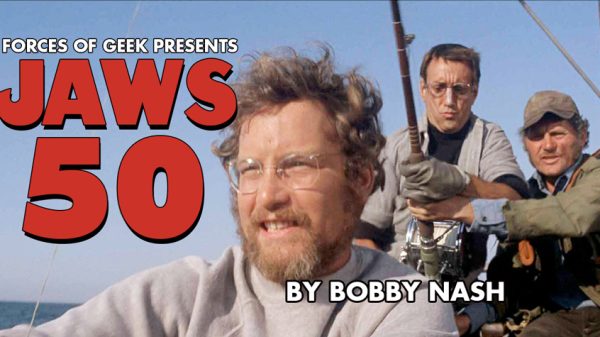









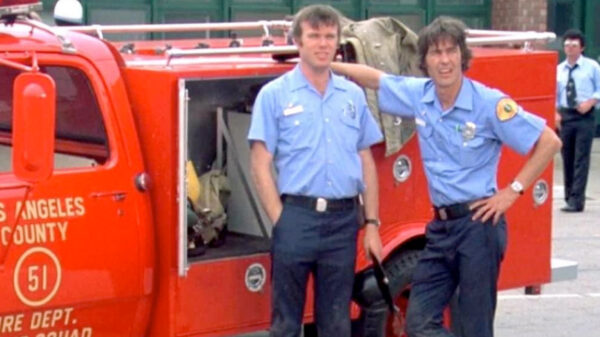
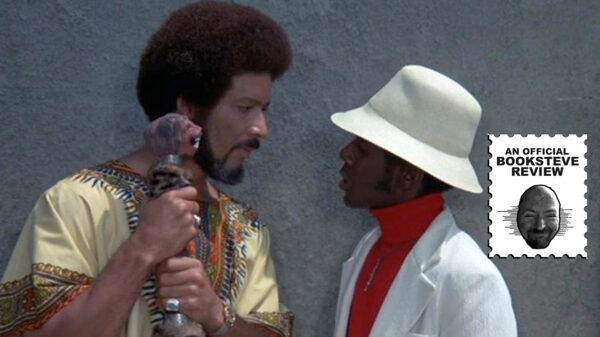
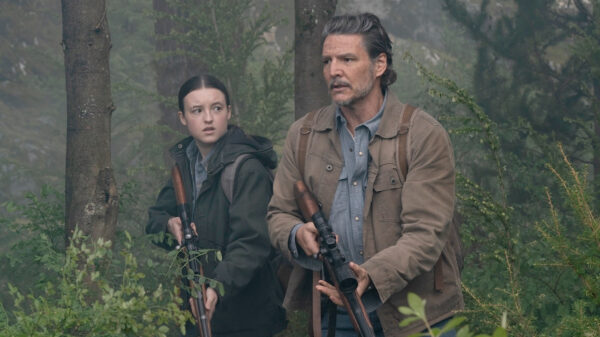




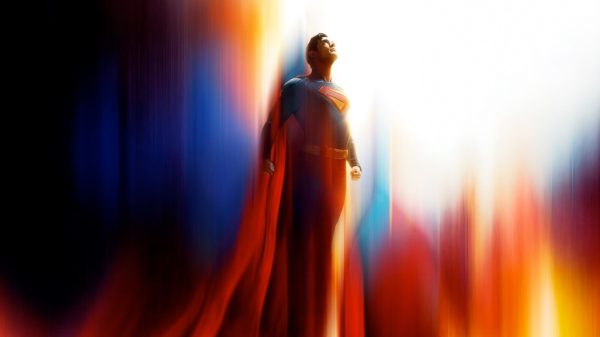
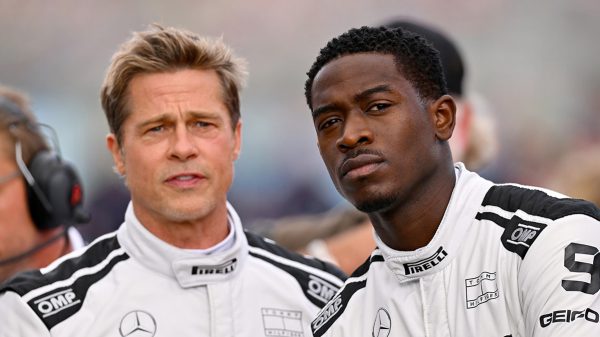
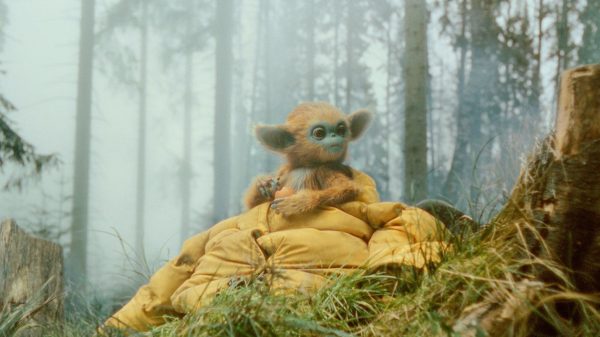



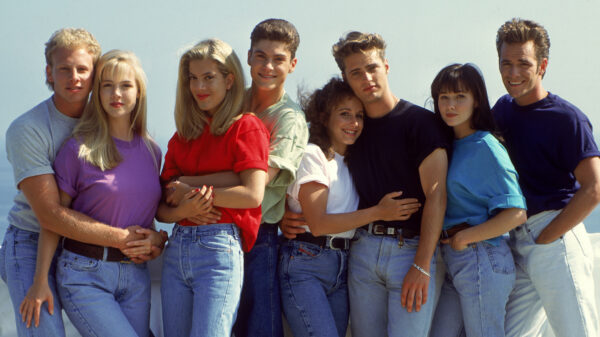
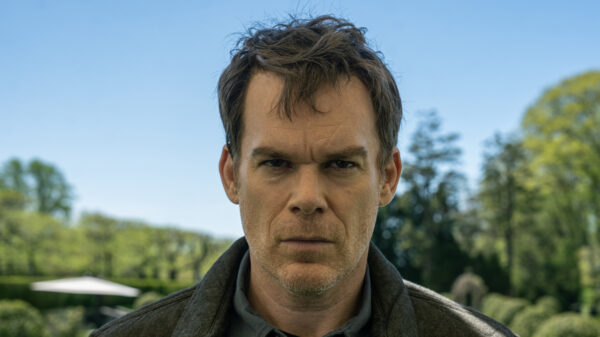
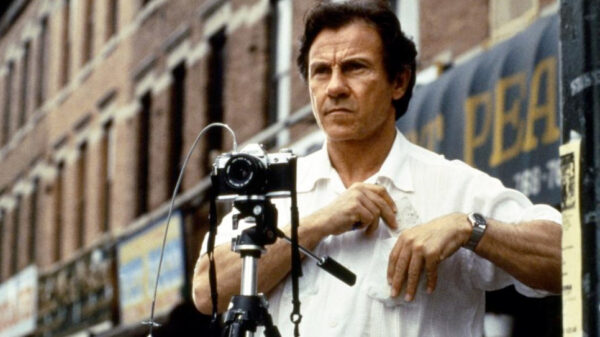
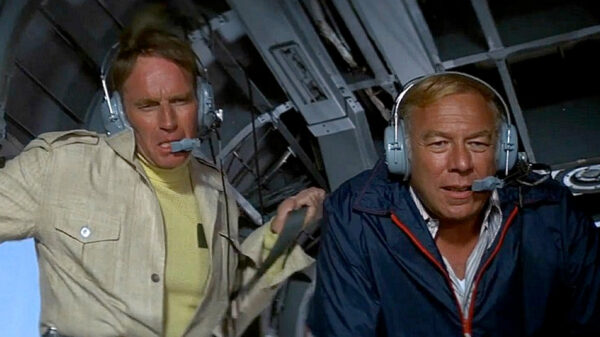



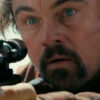
You must be logged in to post a comment Login